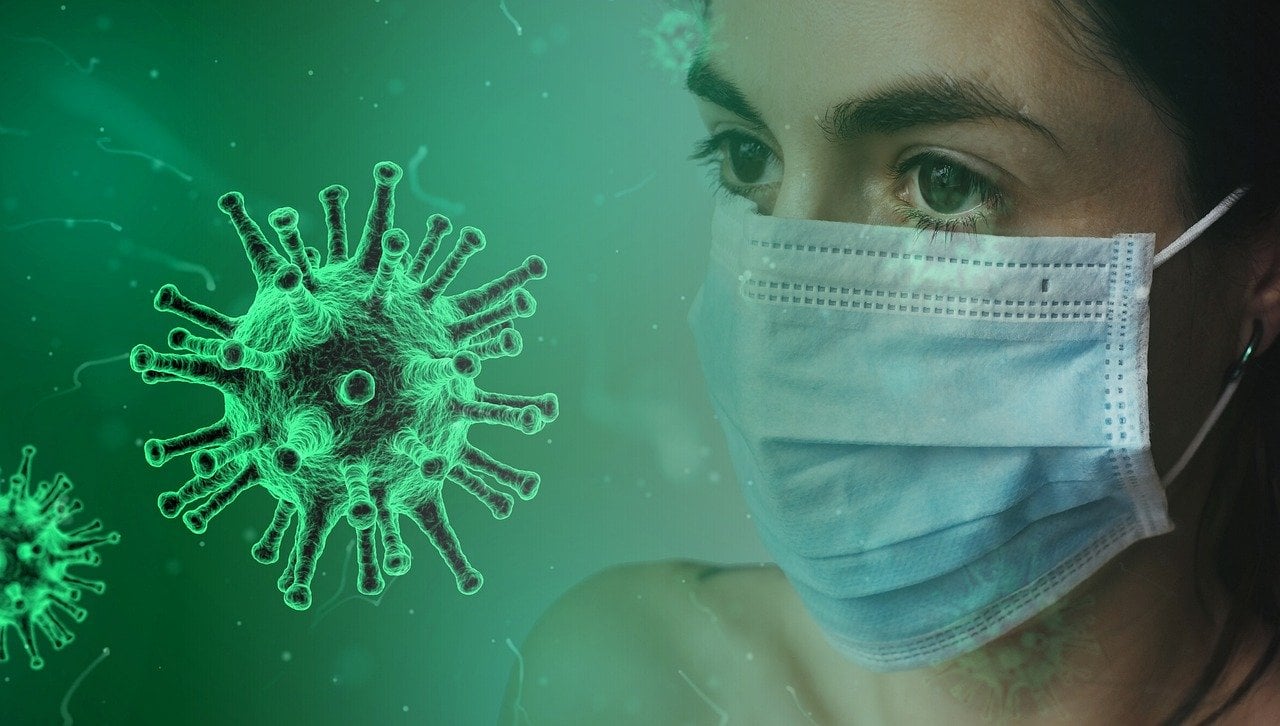Signs of a Wuhan lab’s possible involvement in the coronavirus pandemic continue to mount. Leaked cables from the U.S. State Department indicate that officials were already concerned about the Chinese lab’s handling of bat coronaviruses two years ago.
Q1 2020 hedge fund letters, conferences and more
Cables obtained by The Washington Post reveal that officials at the U.S. Embassy reported lax safety measures at the Wuhan Institute of Virology in January 2018. They said researchers at the Wuhan lab were carrying out risky experiments on bat coronaviruses. The leaked cables have reignited speculations among U.S. officials about whether COVID-19 could have originated in the lab.
The cables were labeled as "Sensitive but Unclassified." Officials from the Embassy reported that the Chinese lab had major weaknesses in management and posed serious health risks. They also urged Washington to intervene in the matter.
The first cable warned about the Wuhan lab's research on coronaviruses in bats, especially the possibility that transmission to humans could present the risk of a new epidemic similar to SARS. Embassy officials said the Wuhan Institute of Virology had a severe shortage of trained researchers and technicians "needed to safely operate this high-containment laboratory."
They also called on Washington to provide more support to scientists at the Wuhan lab because their study of bat coronaviruses was both dangerous and important. The WIV lab was already receiving help from the Galveston National Laboratory in Texas.
How COVID-19 infects humans
The cable also referenced work by head researcher Shi Zhengli, who wrote a paper in November 2017 revealing that the origin of the first SARS coronavirus seven years ago was probably horseshoe bats collected from Yunnan province.
It also reported that scientists discovered that a number of SARS-like coronaviruses interact with ACE2, which is the "human receptor identified for SARS-coronavirus." The discovery suggested that coronaviruses like the one that caused SARS in 2003 could be transmitted from bats to humans. Thus, the cable explained the importance of ongoing research into SARS-like bat coronaviruses.
According to Fox News, Gen. Mark Milley, chairman of the Joint Chiefs of Staff, said it shouldn't be a surprise that they have taken an interest in the Wuhan lab and its possible connections to the coronavirus. He added that for now, their investigation is inconclusive, "although the weight of evidence sees to indicate natural, but we don't know for certain."
U.K. officials have said that they are no longer discounting the theory that the COVID-19 pandemic started with the leak of the coronavirus from the Chinese lab. A senior official serving on the nation's emergency committee said over the weekend that there's a "credible alternative view" to the theory that it started naturally with an animal "based on the nature of the virus."
In an op-ed piece for Fox News last month, foreign affairs expert Gordon Chang wrote that "many Chinese believe the virus either was deliberately released or accidentally escaped from the Wuhan Institute of virology." He also noted that the lab is located not far from the wet food market where COVID-19 has been said to have originated from.
Disagreement
U.S. military officials have said they don't believe the coronavirus that causes COVID-19 is a bioweapon that escaped from the Wuhan lab. Scientists have said there are no signs that it was engineered by human hands. However, experts seem to disagree about whether it may have accidentally escaped from the lab, according to the Bulletin of the Atomic Scientists.
The publication cited a March 17 article in Nature Medicine, which offers compelling evidence that COVID-19 was not engineered by humans. The writers also said they "do not believe that any type of laboratory-based scenario is possible," meaning they don't believe it accidentally escaped from a lab.
Rutgers University Professor Richard Ebright believes the novel coronavirus may have been accidentally leaked from a lab like the ones in Wuhan. He has told multiple news outlets that the safety levels used at the labs in Wuhan are not adequate for the handling of dangerous coronaviruses like the one that causes COVID-19.
A study conducted by the South China University of Technology concluded that COVID-19 "probably" came from the Wuhan Center for Disease Control and Prevention. Interestingly, that paper was later removed from ResearchGate. The removal could be part of the Chinese government's broader effort to control the COVID-19 narrative by squelching research.





